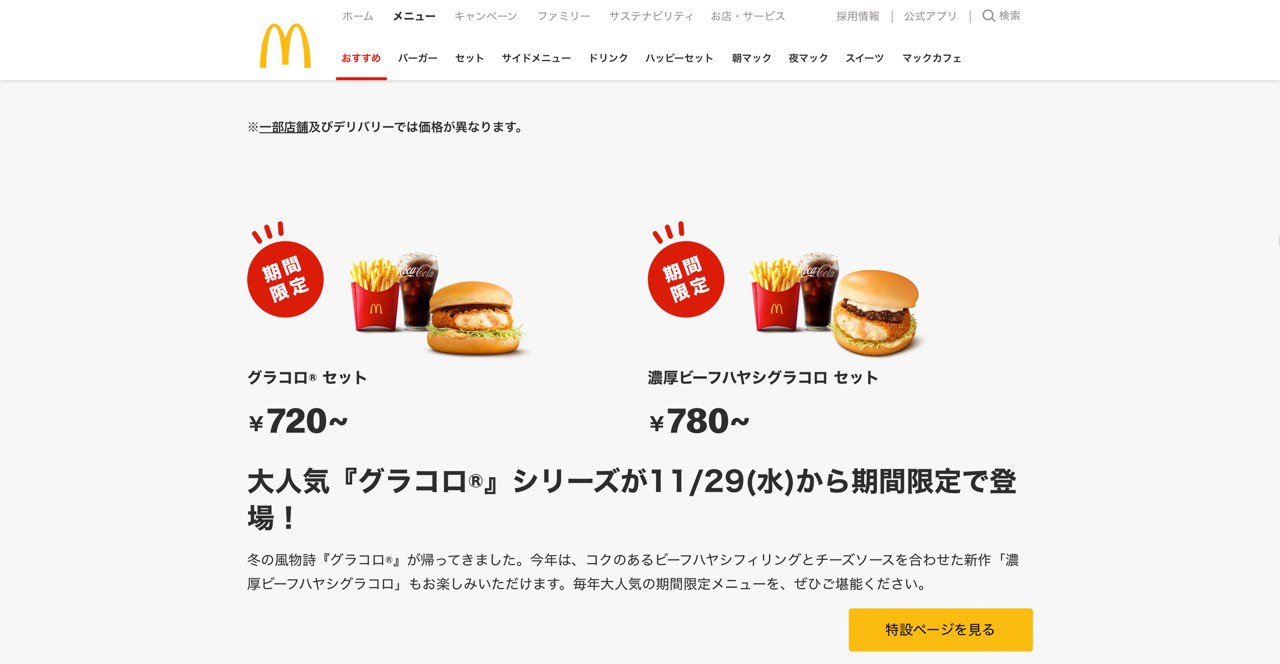A Deep Dive into Consumer Behavior in Japan
Understanding the preferences, purchasing habits, and trends of Japanese consumers
In Japanese, the word for “customer” is “お客様” (okyakusama). Japanese culture places a strong emphasis on politeness, respect, and customer service, which is reflected in the language used to address customers.
In the ever-evolving landscape of global commerce, Japan stands out as a lucrative yet challenging market for foreign companies. Understanding consumer behavior in Japan is crucial for success, as it differs significantly from Western markets. This blog post will delve into the preferences, purchasing habits, and trends of Japanese consumers, and provide valuable insights and real-world examples of foreign companies that initially struggled to grasp these intricacies. We’ll also explore the solutions they implemented to eventually conquer the Japanese market.
Unlocking Japanese Consumer Behavior: A Comprehensive Guide
Collectivism and Group Dynamics
Japanese society’s emphasis on collectivism and group harmony significantly impacts consumer behavior. This cultural trait influences not only social interactions but also purchasing decisions. In Japan, consumers often seek consensus and consider the opinions and recommendations of their social circles before making buying choices. It’s essential for foreign companies to recognize the importance of group dynamics in the decision-making process.
- Group Decision-Making: Japanese consumers frequently consult with family, friends, and colleagues when making significant purchases. They value consensus and aim to maintain harmony within their social groups.
- Social Validation: Japanese consumers rely on social validation as a trust-building mechanism. Recommendations from friends or influencers play a crucial role in product selection. Foreign companies should consider influencer marketing and cultivating relationships with key opinion leaders.
Quality Over Price
Japanese consumers are renowned for their discerning taste and preference for high-quality products over cheaper alternatives. This inclination toward quality is deeply ingrained in Japanese culture, where craftsmanship and perfectionism are highly valued. For foreign companies, understanding this preference is pivotal for success in the Japanese market.
- Attention to Detail: Japanese consumers appreciate meticulous attention to detail in products. They are willing to pay more for items that demonstrate superior craftsmanship and precision.
- Long-Term Investment: Japanese consumers often view purchases as long-term investments. They are willing to spend more initially if they believe the product will offer durability and exceptional quality.
Trust and Brand Loyalty
Building trust is a gradual process in Japan. Japanese consumers are typically loyal to brands they trust and can be reluctant to switch to new ones. Foreign companies seeking to establish a presence in Japan must commit to long-term brand-building strategies.
- Consistency: Japanese consumers value consistency in product quality and customer service. Maintaining a high level of consistency over time is essential for earning and retaining their trust.
- Local Partnerships: Partnering with local businesses or industry associations can help foreign companies gain credibility and trust faster.
Online Shopping Trends
E-commerce has witnessed substantial growth in Japan, with online shopping becoming increasingly popular, especially among younger generations. Understanding the digital landscape and effectively leveraging online platforms are critical for foreign companies looking to enter the Japanese market.
- Mobile Commerce: Mobile shopping is a dominant trend, emphasizing the importance of mobile optimization for websites and apps. Japanese consumers often use smartphones and tablets for browsing and making online purchases.
- Customer Reviews: Japanese consumers rely heavily on product reviews and ratings when making online purchase decisions. Ensuring a positive online reputation is vital for foreign companies.
By comprehending these aspects of Japanese consumer behavior in more detail, foreign companies can tailor their strategies to meet the unique needs and preferences of the Japanese market, increasing their chances of success.
Real-World Examples of Struggles in Japan Market
Mercedes-Benz's Journey in Japan
Mercedes-Benz, the renowned German luxury car manufacturer, faced its own unique set of challenges when it entered the Japanese automotive market. Despite its global reputation for quality and luxury, Mercedes-Benz initially struggled to gain a foothold in Japan.
Challenges:
- Strong Domestic Competition: Japan has a robust domestic automotive industry with brands like Toyota, Honda, and Nissan dominating the market. Japanese consumers had a strong preference for domestic cars.
- Luxury Perception: Japanese consumers had a perception that Mercedes-Benz was too expensive and not suited to their preferences, as the brand was associated with European luxury rather than Japanese sensibilities.
- Size Preferences: Japanese consumers preferred smaller, compact cars for urban environments, while Mercedes-Benz’s lineup initially featured larger vehicles.
Solution:
Mercedes-Benz implemented several strategies to overcome these challenges:
- Local Production: Mercedes-Benz started local production in Japan, which not only reduced costs but also positioned the brand as a “local” manufacturer.
- Tailored Product Line: The company introduced compact models like the A-Class and B-Class to cater to Japanese preferences for smaller cars. They also adapted their luxury features to align with Japanese expectations.
- Pricing Adjustments: Mercedes-Benz adjusted pricing to be more competitive in the Japanese market while maintaining the perception of luxury.
- Marketing Campaigns: The company ran marketing campaigns that emphasized the comfort and safety of their vehicles, resonating with Japanese consumers who prioritize safety and quality. (https://www.youtube.com/watch?v=EQq6Z4IowfY)
- Customer Experience: Mercedes-Benz invested in creating exceptional customer experiences at their dealerships, offering impeccable service and customization options.
The A-Class Launch and Local Collaboration
One notable project that contributed to Mercedes-Benz’s success was the launch of the A-Class in Japan. This compact model was not only well-received for its size but also for its innovative features catering to urban living. Moreover, Mercedes-Benz engaged in collaborations with local designers and artists to infuse a touch of Japanese aesthetics into the A-Class, making it more appealing to the local market. (https://rb.gy/pddmv8)
Through these strategic adjustments, Mercedes-Benz gradually gained acceptance in the Japanese market. Today, it is a respected player in the luxury automotive segment in Japan, showcasing how understanding and adapting to local consumer preferences can lead to success for foreign companies entering the Japanese market.
McDonald's Japan's Resilience: A Recipe for Success
McDonald’s, the global fast-food giant, faced a multitude of challenges when entering the Japanese market in the early 1970s. Despite its global success, McDonald’s had to significantly adapt its approach to cater to Japanese consumers’ unique preferences and cultural values.
Challenges
- Burger Size and Ingredients: Japanese consumers traditionally favored smaller portions and healthier ingredients compared to the American-style hamburgers offered by McDonald’s. The oversized American-style burgers initially faced resistance.
- Taste Preferences: Japanese consumers had distinct taste preferences, with a preference for lighter and less salty flavors compared to McDonald’s traditional offerings.
- Competition and Local Chains: Japan already had a well-established fast-food culture with local chains like Mos Burger and Lotteria. These chains had tailored their menus to suit Japanese tastes.
Solution
McDonald’s implemented a range of innovative strategies to overcome these challenges:
- Menu Localization: McDonald’s introduced a variety of unique menu items tailored to Japanese palates. This included items like the Teriyaki Burger, which incorporated sweet soy-based teriyaki sauce, and the Ebi Filet-O, a shrimp-based burger.
- Ingredient Sourcing: To ensure freshness and quality, McDonald’s sourced many ingredients locally. This not only supported local producers but also resonated with Japanese consumers who valued locally sourced food.
- Limited-Time Offerings: McDonald’s adopted a strategy of introducing limited-time offerings (LTOs) with seasonal or regional themes. This created excitement and encouraged repeat visits.
- Service and Ambiance: McDonald’s prioritized cleanliness, service speed, and a family-friendly ambiance in its restaurants, catering to Japanese expectations of quality and dining experience.
- Advertising and Cultural Sensitivity: McDonald’s advertisements in Japan often focused on themes of togetherness and celebration, aligning with Japanese cultural values. (https://www.youtube.com/watch?v=FdHOvUZFzy4)
The Teriyaki Burger Campaign
One particularly successful project that contributed to McDonald’s success in Japan was the Teriyaki Burger Campaign. This campaign not only introduced a popular menu item but also involved engaging marketing initiatives. McDonald’s collaborated with local influencers and celebrities to promote the Teriyaki Burger, leveraging their appeal to the Japanese audience. This campaign created a buzz, driving both foot traffic and positive brand perception. (https://rb.gy/mxsfcr)
McDonald’s relentless efforts to understand and adapt to Japanese consumer behavior eventually paid off. Over time, they gained a strong foothold in the Japanese fast-food market and established a loyal customer base. This example serves as a testament to how even global giants must be willing to modify their products, marketing, and service to succeed in Japan, showcasing the importance of cultural sensitivity and localization.
Subscribe to our Newsletter
o Market Research and Localization
Before entering the Japanese market, foreign companies must invest in comprehensive market research. Understanding the specific preferences and habits of Japanese consumers is essential. Localization of products, marketing strategies, and even business operations is often necessary to align with local customs and preferences.
o Cultural Sensitivity and Patience
Building trust and credibility in Japan takes time. Foreign companies must demonstrate cultural sensitivity, patience, and a genuine commitment to understanding and respecting Japanese values and customs.
o Partnerships and Acquisitions
Strategic partnerships or acquisitions of local businesses can be a viable strategy for foreign companies. This allows them to tap into local expertise, adapt to Japanese consumer preferences, and build trust more rapidly.
o Digital Presence
Leveraging digital platforms and understanding Japanese online shopping trends is crucial. Foreign companies should invest in user-friendly websites and mobile apps, as well as effective online marketing strategies to reach the tech-savvy Japanese consumer base.
For foreign companies eyeing the land of the rising sun, success in Japan demands a keen understanding of consumer intricacies. Embracing collectivism, prioritizing quality, building trust, and navigating the digital landscape can pave the way. Learn from the triumphs of global brands that initially stumbled but eventually thrived. With patience, cultural sensitivity, and strategic adaptations, foreign companies can not only conquer the Japanese market but establish a lasting and meaningful presence.
If you’re ready to make your mark in Japan, contact us for exclusive market entry services tailored to your success



